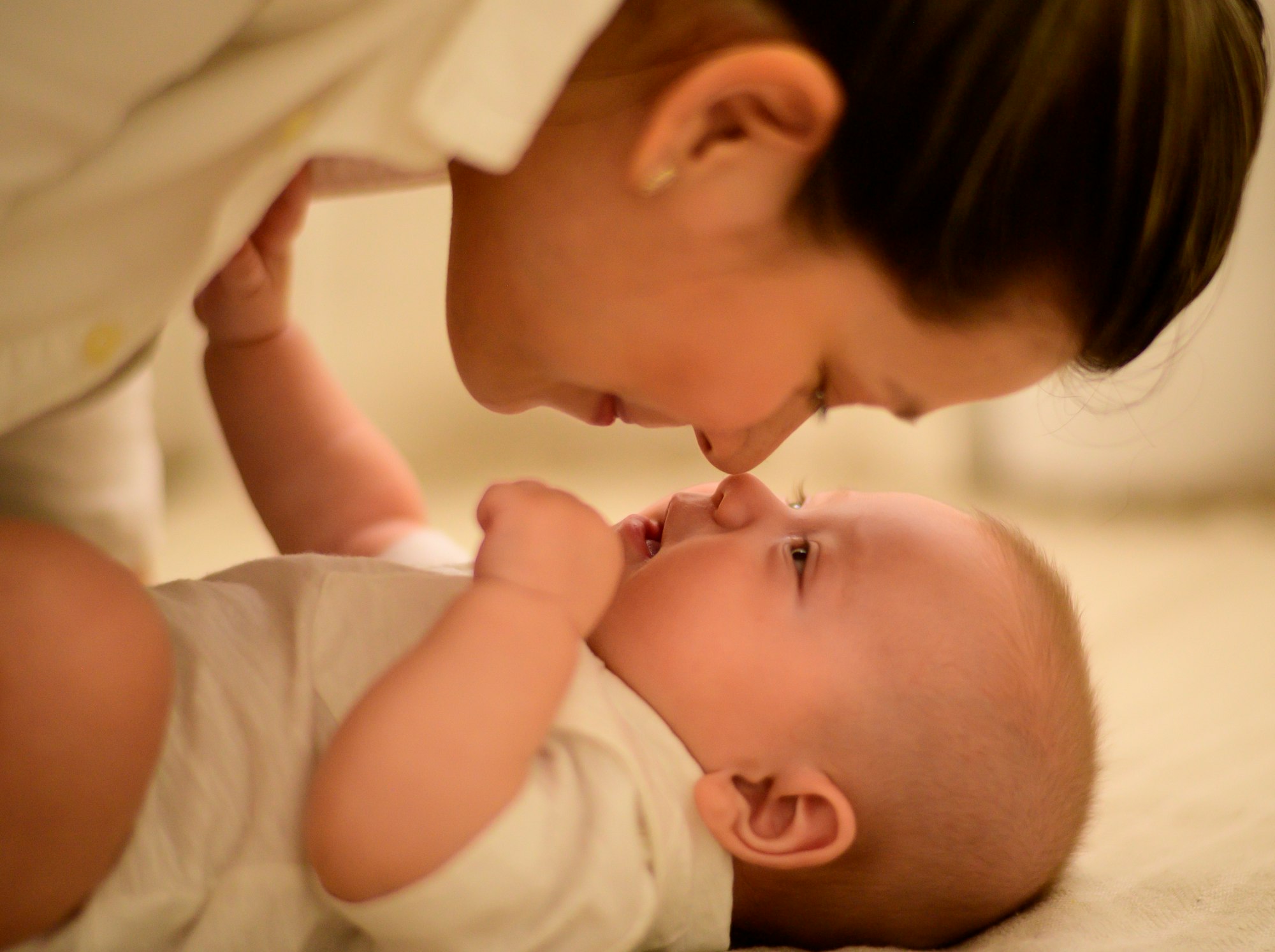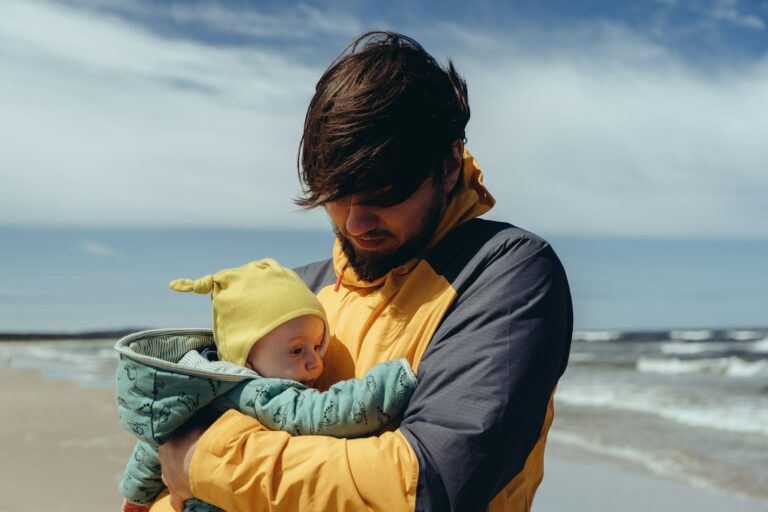Expanding a family brings its share of anticipation and contemplation, especially for those mapping new paths. If you’re pondering how two women can embark on the adventure of parenthood together, know that the terrain of female couples and assisted reproduction brims with possibilities—and, yes, a handful of questions. Maybe the legal maze triggers doubt? Or perhaps, medical jargon baffles you at every turn? For those entwined in the fabric of modern family-building, decoding the scientific and personal sides of assisted conception, understanding donor sperm, and anticipating the emotional terrain is both an opportunity and a leap into the unfamiliar. Here, you’ll discover what medical science offers, what legal frameworks demand, and how the journey can look—emotionally rich, logistically detailed, sometimes daunting, but above all, deeply rewarding.
Understanding Options: How Female Couples and Assisted Reproduction Connect
Breaking Down Assisted Reproduction Choices
There’s nothing standard-issue about the options available today. Science has hurled open doors that not long ago stood firmly shut for same-sex women. Let us start with the essentials:
- Intrauterine insemination (IUI): Sometimes called artificial insemination, this approach introduces donor sperm directly into the uterus around ovulation. Consider it a minimally invasive way—one step up from what nature intended, but with clinical safety nets. Less expensive, requires few medications, and success rates per cycle hover around 10-20%. Simplicity is its strength, but chances do accumulate over repeated attempts.
- In vitro fertilisation (IVF): Here, eggs are collected (from one partner or a donor), combined with donor sperm in a laboratory, and resulting embryos transferred into the uterus. Higher upfront cost, more medications, but also a climb in success rates (20-40% per cycle). IVF also means you can freeze embryos—delaying pregnancy, attempting siblings later, or simply taking a breather between cycles.
- Reciprocal IVF (ROPA method): The hallmark of “shared motherhood” for female couples and assisted reproduction. One partner provides eggs (the “genetic mother”), the other carries the pregnancy (the “gestational mother”). The allure? Both partners are intimately invested in conception. This procedure, while medically and emotionally significant, depends heavily on local legal and regulatory boundaries—some locations welcome it, others keep it off-limits.
- Surrogacy: Relevant only if neither partner can carry the pregnancy, and is far less common among female couples. Ethical and legal landscapes vary drastically—always, always consult a legal expert.
You may ask: Are these choices only for those facing infertility? Not exactly. Most female couples and assisted reproduction journeys start not due to a fertility disorder, but practical, anatomical realities. That said, initial screenings sometimes spotlight underlying reproductive concerns in up to 40% of couples—meaning medical work-ups aren’t mere red tape, but a window into both partners’ health stories.
The Medical Pathway: Screening, Success, and Selecting Roles
Picture this: clinic visits that start with ovarian reserve tests (like AMH bloodwork or antral follicle count scans), a look at uterine health, and comprehensive infectious disease panels. Doctors may suggest that the younger or more fertile partner provide eggs, while the other, depending on health and preference, might carry the pregnancy.
- IVF success rates? Expect ranges from about 41% for women under 35, gradually decreasing with age, and for ROPA, live birth rates reported as high as 79% in some studies—an eyebrow-raising figure that brings hope for many.
- Decisions about who will be the genetic vs gestational mother are multifaceted: age, ovarian health, existing health issues, and personal desires all play a part.
Emotional and Social Canvas: What Changes for Female Couples and Assisted Reproduction?
Dual Motherhood: Emotional Dynamics
The lived experience of “shared motherhood” is layered. Both partners may long for a biological link—ROPA makes it scientifically possible. At the same time, many find the emotional bond between mother and child grows strong, regardless of genetics. The medical journey, while sometimes physically taxing (hormonal injections, procedures), adds another layer of complexity: anticipation mixes with anxiety and, at times, disappointment if a cycle does not yield pregnancy.
And what about parental roles? The distinction between “biological mother” and “social (non-biological) mother” can prompt soul-searching. Who will provide eggs? Who carries the baby? Each scenario opens up a bouquet of emotions and even a moment or two of gentle negotiation between partners.
Open communication becomes not just a best practice, but a lifeline—especially in moments when expectations might bend under the quaint weight of reality. Legal recognition, societal attitudes, family or workplace questions—these, too, can occupy centre stage in a couple’s shared narrative.
Navigating Donor Sperm Selection
Selecting a sperm donor is much more than ticking a box on a clinic form. Some prefer the relative anonymity of a sperm bank, analysing genetic records, health profiles, physical traits. Others opt for a known donor—someone from within the circle of friends or relatives, which brings its own legal and psychological intricacies. Since September 2022, rules in some countries guarantee children the right to access donor information—another thread to consider when shaping your family’s future narrative.
Points to reflect on:
- Does your future child have the right to their genetic origins?
- How do you plan to tell your child about donor conception?
- Physical resemblance, inheritance, identity—these questions have no “correct” answer, only the one that fits your family.
Logistics, Legal Routes and the Costs of Female Couples and Assisted Reproduction
The Legal Puzzle: Parenthood on Paper
Legal frameworks for female couples and assisted reproduction are evolving. In several regions, both partners’ names can appear on the birth certificate from the outset. In other places, formalities like second-parent adoption or legal agreements are required to ensure the non-biological mother’s status is fully recognised. Lack of legal preparedness can give rise to future complications—so early legal counsel, especially about consent, parental rights, and donor agreements, is worth its weight in assurance.
Financial and Practical Realities
- IVF, especially with reciprocal participation, stands apart in terms of cost compared to IUI.
- Donor sperm, medications, clinic fees, legal paperwork—all these add up, and insurance coverage varies from generous to non-existent.
- Waiting lists for donor sperm or public fertility programmes may stretch over several months or even a year.
It’s easy to feel overwhelmed, but breaking it down—budgeting, saving, or researching grants—makes it more manageable.
Medical, Genetic, and Psychological Preparation
Readiness on All Fronts
A thorough health evaluation sets the stage—identifying thyroid or other metabolic disorders, immune issues, and overall readiness for conception. Genetic counselling fills informational gaps, helping anticipate hereditary risks, supporting tough decision-making, and sometimes reframing expectations if unexpected findings emerge.
Psychological readiness is equally significant. Fears about not bonding, pressures around parental identity, or even grappling with extended family opinions—emotional support, from counselling or peer groups, offers grounding through the storm.
Family Life, Pregnancy, and Beyond
Success Rates and Parenting Pathways
Let’s be practical: female couples and assisted reproduction pathways—in IUI, IVF, or ROPA—offer highly promising live birth rates, especially when age and reproductive health work in your favour. Once pregnant, prenatal care continues as for any other parent-to-be: regular check-ups, dietary and wellness advice, foetal monitoring.
After birth, parenting is an evolving journey. Most research shows that both mothers—biological and social—establish equally strong, nurturing connections with their child. How these roles adapt over time depends on the personalities involved and the daily rhythm of your family life.
Flexible family structures thrive; roles adapt to best meet the child’s needs. Building a story your child can cherish about donor conception or “shared motherhood” helps ensure positive identity development well into later childhood and adolescence.
Ethical Questions and Community Support
Ethics in Female Couples and Assisted Reproduction
Is it acceptable to submit a healthy, fertile partner to fertility procedures? For many, the answer lies in the emotional security and balance that shared motherhood provides, especially with the ROPA method. Ensuring openness, honesty, and child-focused care around donor conception forms the ethical backbone, supported by access to psycho-social support and respectful care from clinics.
Access to Peer Groups and Community
Resilience grows in company. Peer groups, local networks, and advocacy platforms offer spaces for belonging, discussion, and celebration. As acceptance and representation grow, so does the visibility of female couples and assisted reproduction—shaping futures, informing public policy, and inspiring hope.
Key Takeaways
- Female couples and assisted reproduction encompasses IUI, IVF, and reciprocal IVF, enabling meaningful choices for shared biological or gestational roles.
- The decision between options involves careful medical assessment, emotional readiness, financial calculations, and legal considerations.
- Donor sperm selection is a significant, often reflective process, strongly impacting family identity and childhood narratives.
- Legal parenthood must be proactively secured; laws can differ widely by location.
- Sustained psychological and social support enhances resilience—open, ongoing dialogue between partners lays the foundation for a thriving family.
- Parenting for female couples—regardless of genetics—results in strong, nurturing relationships.
- Peer support, advocacy, and the involvement of trusted professionals (legal, medical, psychological) smoothen the path.
- More personalised health advice and helpful tools are at your fingertips: Try application Heloa for expert tips and free health questionnaires for children.
Questions Parents Ask
Can both partners in a female couple be recognised as legal parents from birth?
Recognition of both mothers depends on local laws. In some countries, both partners can be named on the birth certificate right from delivery. Elsewhere, additional steps—like adoption or legal agreements—are required for the non-biological mother to be formally acknowledged. Connecting with a family law expert early in your journey saves stress and ensures your family’s rights are protected.
How does donor selection work for female couples?
Selecting a sperm donor is a deeply personal decision, shaped by health, genetics, physical attributes, and sometimes personality profiles shared by fertility clinics. Some choose anonymous donors; others feel more comfortable with someone known. Each brings its own considerations and questions. Clinics often offer counselling to help couples weigh their choices in a balanced way.
Are there emotional challenges unique to female couples using assisted reproduction?
Absolutely. Female couples may wonder how their roles as mothers will be perceived, how to address the donor’s place in their child’s story, or when to start this conversation. Open, honest discussions—sometimes with help from a counsellor or community group—can ease worries and support emotional well-being. Over time, many families discover their own natural rhythm and profound sense of connection.









